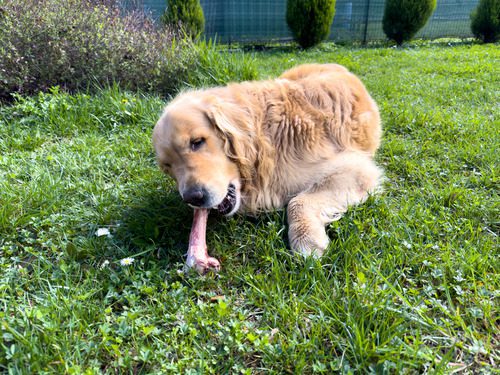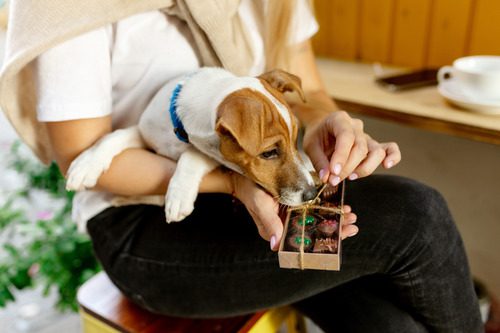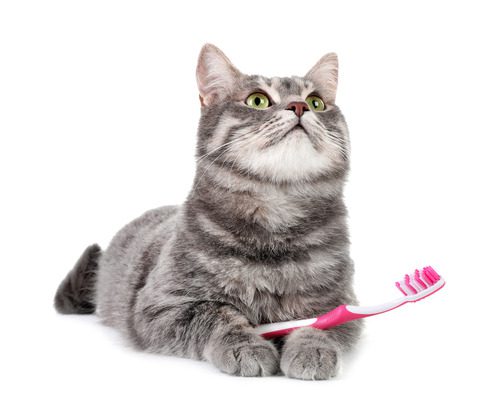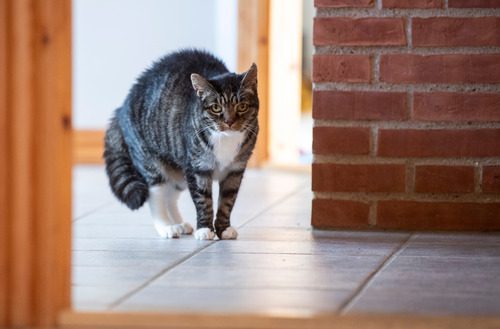How to Tell if Your Dog Has Fleas
Do you think there’s a chance your dog has fleas? What are some of the signs and symptoms you should look for when determining whether or not your dog has a flea infestation? How can you tell?
It’s typically easy to tell if your dog has fleas. However, on some dogs, it can be harder due to coat type or color. In this article, we’ll walk you through the steps you can take to determine if your dog might be dealing with fleas. If so, head to the vet for a flea bath and a thorough treatment, too.
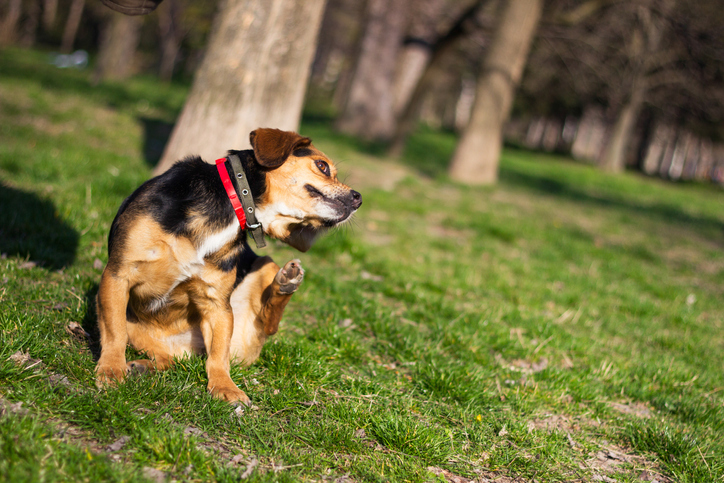
Scratching Behavior
Excessive scratching is one of the first signs most pet owners notice in a dog with fleas. If your dog seems to be scratching much more than usual, it is possible they have a flea problem. However, excessive scratching can also mean dry skin, dandruff, fungal infections, and other issues as well, so you’ll need to look for other symptoms to confirm the presence of fleas.
If your dog is scratching excessively, they may risk breaking the skin and causing an infection or abscess. If this happens, you’ll need to take them to the veterinarian for a round of antibiotics.
Visible Fleas
Visible fleas are another sign most pet owners are quick to notice. However, if your dog has very thick or long hair, or if they are black or dark in color, then you may not be able to see fleas moving around on their body very well.
If you suspect fleas due to other symptoms on this list, part your dog’s hair in several locations on their body and look closely at the skin. You may need to use a flashlight to get a good look. If fleas are present, you will likely see them moving around on your dog. In some cases you may not see moving fleas but instead brownish flecks that are the waste product from when a flea ingests blood and is referred to as “flea dirt”.
Excessive Licking
Excessive licking may go along with excessive scratching in a dog who has fleas. Although some dogs do not lick themselves excessively with fleas, many do. Your dog may lick to relieve itching and irritation, or they may lick to try to remove the fleas from their body.
Licking too much can lead to hot spots on your dog’s skin. A hot spot is a fungal infection that can cause patchy hair loss and lead to more serious health problems. If your dog has hot spots, talk to your vet about the right treatment to get rid of this problem.
Lethargy and Appetite Loss
On their own, lethargy and loss of appetite are not necessarily indicative of fleas. However, when coupled with other items on this list, a lethargic dog or one who isn’t interested in food may have a severe infestation of fleas that needs to be promptly addressed.
If you’re unsure what could be causing your dog’s lethargy and loss of appetite, or if you think these symptoms are caused by a serious flea problem, go to the vet right away. The sooner you get the problem diagnosed and taken care of, the easier it will be for your dog to start feeling better.
Fleas in Bedding
When you wash your pet’s blankets, bed, and pillow, you may notice fleas in the bedding. This means they likely have fleas on their body, too. If fleas are so significant that they are in your dog’s bedding, chances are good you’ve already noticed them on your pet as well—but this is not always the case.
Wash and inspect your dog’s bedding regularly to reduce the risk of fleas living and breeding there. Regular washing of their bedding can also help your dog stay cleaner and healthier overall, too.
Fleas on You
Finally, if you’re noticing fleas hopping onto you and your family members, it’s time to do something about your pet’s flea problem. When fleas get bad, they move into the carpet, bedding, and furniture of your home. There, they breed and multiply, and they can quickly get out of control.
If you have fleas biting you, put topical itch relief cream on the bites and consult your medical care team. Vacuum and shampoo the floors, wash all your bedding, and vacuum your cloth furniture. Treat your pet for fleas and be prepared to repeat this process once or twice more before the problem is completely resolved.
Talk with Your Heart + Paw Vet about Fleas on Your Dog
If your dog has fleas, your veterinarian can help you get them under control. Afterward, however, you’ll need to take the right precautions to ensure your pet doesn’t have to deal with fleas again.
Put your dog on a regular flea preventative medication or choose an all-natural flea collar if you prefer. Wash your pet’s bedding regularly and keep up with grooming needs for your dog, too. The more you do to prevent fleas in the first place, the less likely your pet will be to suffer from a flea infestation again in the future.
Need to talk with your Heart + Paw veterinarian about fleas and your dog? Book an appointment at any of our locations by using the online form!
Recent Posts
Can Dogs Eat Ham?
Ham is a popular meat found on many dinner tables, especially during the holidays. As a dog…
8 Signs and Symptoms of Diabetes in Dogs
Caring for a dog means being tuned in to the subtle changes that can reveal their overall…
Why Dogs Can’t Eat Chocolate and Tips for Keeping This Sweet Treat Out of Their Reach
Chocolate is a beloved indulgence for us, but for our dogs, it’s a hidden danger that can…
Why Cat Teeth Cleaning is Important For Your Pet’s Health
As a cat owner, you know how important it is to care for your feline friend’s overall…
Cat Body Language: A Guide To Understand What Your Cat is Telling You
Imagine trying to communicate without words, relying solely on subtle gestures, glances, and movements. This is how…
About Us
Heart + Paw was founded in 2018 by Chief Veterinary Officer Dr. George Melillo, who currently serves the Mid-Atlantic area. Heart + Paw offers a combination of veterinary care, pet grooming, and dog daycare to help be a resource in your pet parenthood journey.
We'd Love to Meet Your Four-Legged Friends
Find out how the friendly veterinary team at your local Heart + Paw can help your pets live longer, healthier lives by searching for a location near you.

